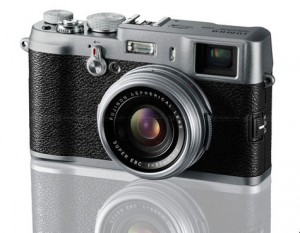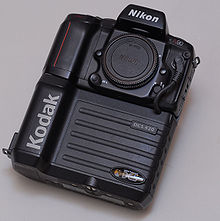I was recently reading about the new Fujifilm X-Pro1 camera. This camera looks to be the “professional” version of Fujifilm X100. I was very excited about the X100 even though I wasn’t in the market for a new camera. What excited me about the X100 was the fact that this camera looked great! Any camera with a shutter speed dial and the f/stops on the lens barrel has got my vote. At least for now. When I saw the first X100 reviews, the camera seemed wanting. Then I thought about the criticism. Beyond the usual bugs found in first generation technology, the reviewer spoke about the “handling” of the camera. The photos were “blurry”. Not out of focus, but blurry. In the days of film cameras, blurry pictures were not the fault of the camera. It was then I realized, “This guy is new to photography, and has only handled digital cameras.
A few years ago I heard a very interesting comment from a pro shooter. He said that, “All digital cameras are point & shoot.” The comment was referencing a statement made by another photographer about difference in “quality” (and probably more so, price) between pro cameras and amateur ones. The down play of cheaper/amateur cameras was that , “They to everything for you, not like a real (pricey/pro) camera. With the statement that “all” digital cameras are point and shoot cameras, this means that if a photographer actually understands the concepts of the photograph’s relationship to exposure and the situation, they can “program” the pricey camera to simply perform to the needs of any given situation. This allows the photographer to concentrate on getting the most compelling image, without concerning themselves with mundane technicalities of f/stops and shutter speeds.
The point of this little rant is that, when the reviewer said the camera produced blurry or soft photos, he blamed the camera, not his technique. Film cameras had no “Image stabilization”. That was your job as photographer. You had to practice handling your camera. What’s the slowest speed I can get away with and have a sharp image? How fast can my thumb advance the film? How quickly can I load the camera (with film!)? These were basic issues and skills, back in the day. You were carful, not carefree. You looked hard, immersed yourself in the scene or situation, and you took your time without wasting any. The innovations in digital photography addresses these issues by allowing you to perform these skills with greater ease. Hey it’s great to be able to carry the equivalent of a brick of film (20 rolls) in your pocket! Yet, when photographers do not address the basic elements of photography, then the cameras and Fotoshop are taking and making the pictures.















